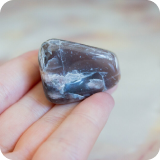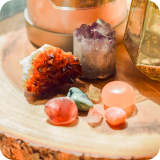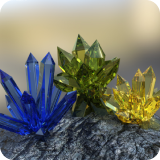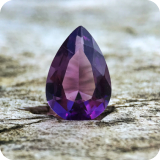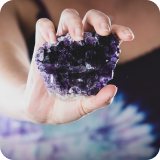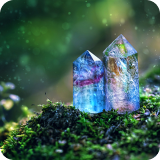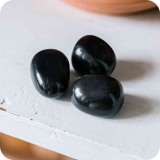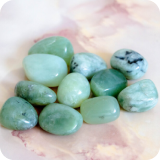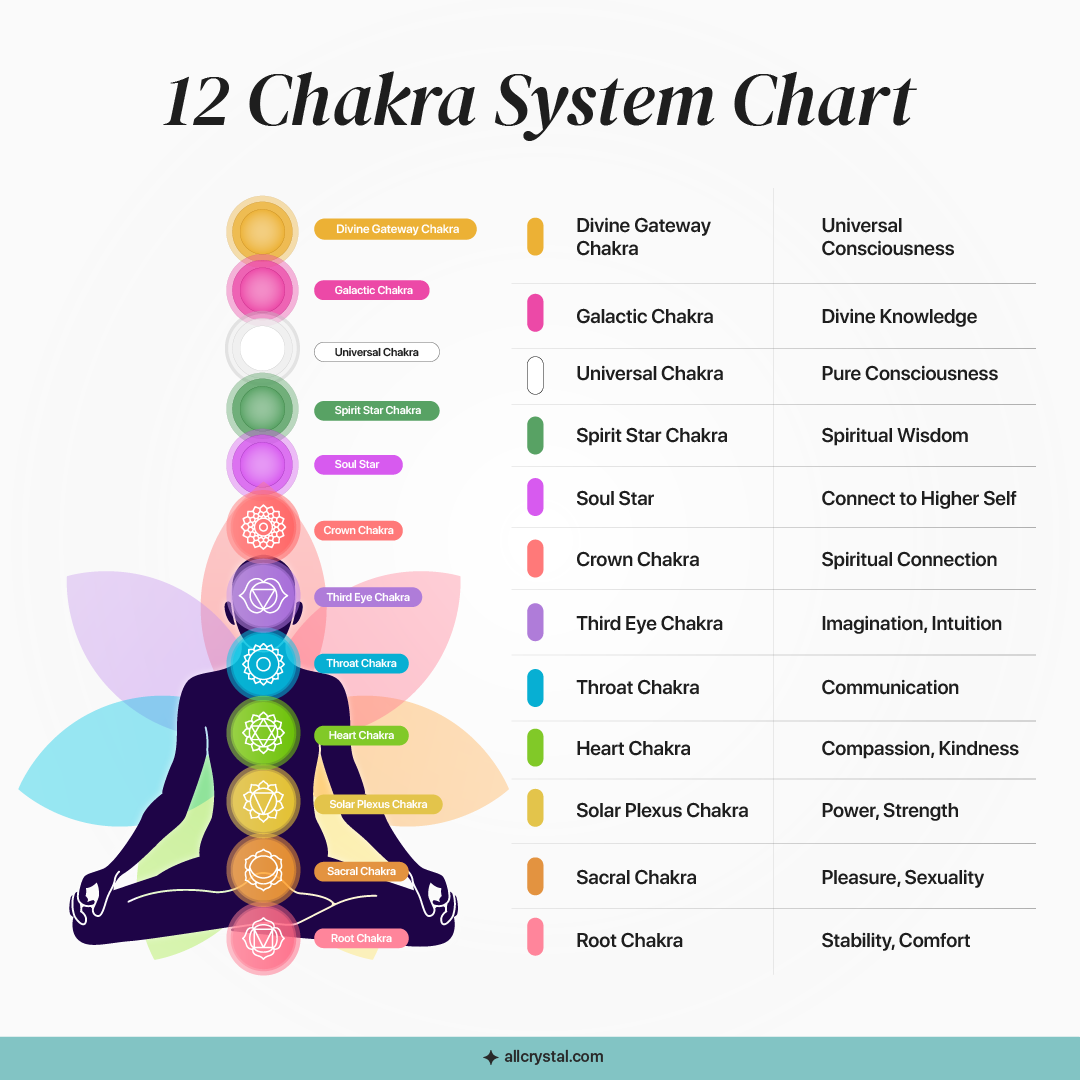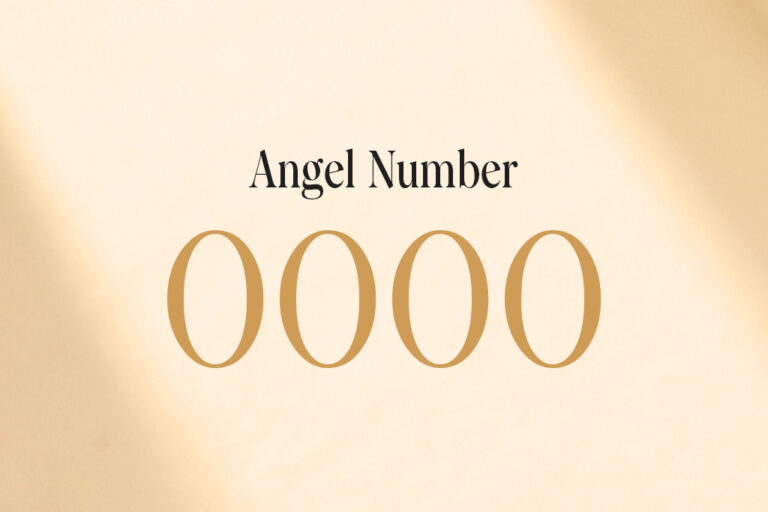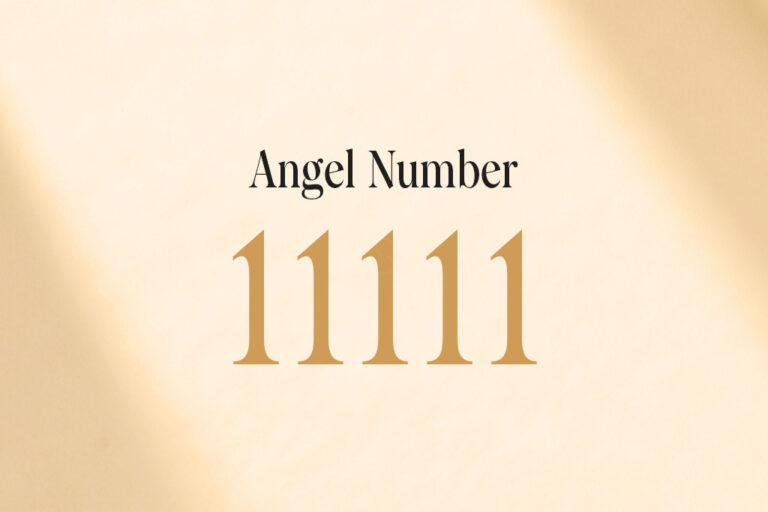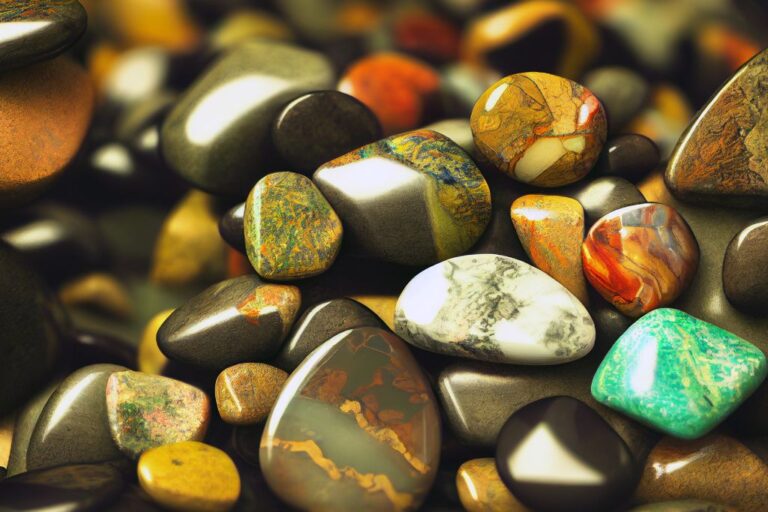Pyrrhotite
(pir-uh-tyt)What is Pyrrhotite?
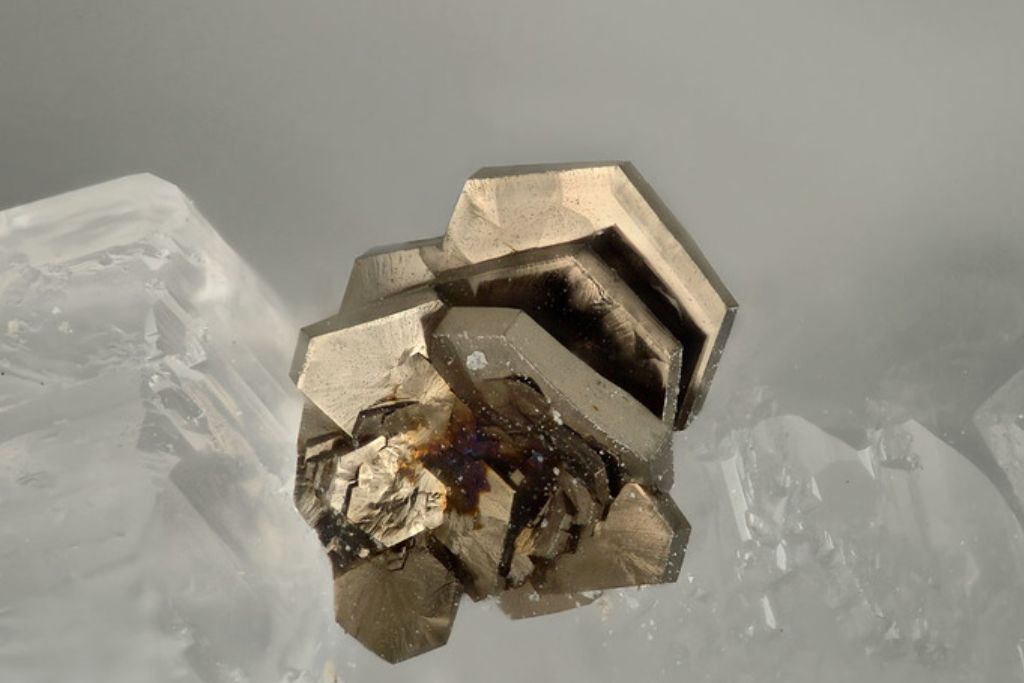
Pyrrhotite has a metallic shine, with colors that range from bronze to reddish-brown. Its surface can feel flaky or rough, and some pieces have a noticeable shine, while others appear more muted.
This mineral is made of iron and sulfur, and its makeup can change slightly depending on how much iron it has. It is part of the sulfide mineral group and can form different shapes depending on heat and pressure.
First found in Italy in the 1800s, this mineral is now seen in many parts of the world. Scientists have been intrigued by its magnetic properties for a long time. These special features make it a subject of ongoing research. Its presence in different locations and its magnetic traits continue to interest scientists.
Collectors and enthusiasts value this mineral for its magnetic traits and unusual look. Its connection to iron-rich areas makes it a piece for those who collect rare minerals. Many seek it out for its rarity and unique features.
Did you know that Pyrrhotite is naturally magnetic? Its magnetism can change with temperature, which adds to its mystery and appeal to collectors.
Pyrrhotite Healing Properties and Benefits
Grounding
- This mineral enhances your connection to the earth, offering stability and balance. These Pyrrhotite benefits help you feel grounded and secure.
- To use it for grounding, place it where you meditate or spend quiet time, and imagine roots growing from you into the earth.
Boosts Energy
- Pyrrhotite boosts vitality and motivation, making you feel more energized and driven. It helps lift your energy levels and drive.
- To activate this effect, hold the mineral when you’re feeling tired or low on energy, and focus on its energizing power while breathing deeply.
Enhances Confidence
- The mineral boosts self-confidence and personal strength. It supports a stronger sense of self-belief.
- For this benefit, keep the mineral nearby during moments of self-doubt, and think about its strong energy boosting your self-belief.
Improves Resilience
- Pyrrhotite boosts your inner strength, making it easier to tackle challenges. It helps you stay resilient during tough times.
- To build resilience, carry the mineral during stressful times and focus on its support to help you stay strong.
Promotes Clarity
- This mineral clears your mind and enhances decision-making. It helps you gain better focus and clarity.
- To use it for clarity, meditate with the mineral or place it on your desk while you work, focusing on how it helps you see things more clearly.
Pyrrhotite Spiritual Properties and Benefits
Inner Strength
- This mineral increases inner strength and confidence, helping you handle challenges bravely.
- To benefit from this, try placing the crystal near you while you work on your goals and focus on feeling more empowered.
Stability
- It gives you a feeling of stability and balance, making you feel more secure.
- To use this, put the crystal in your favorite spots, like your desk or living area, and focus on how it helps you stay calm and grounded.
Manifestation
- Pyrrhotite helps with manifesting goals and desires by amplifying your focus and intention.
- Activate this benefit by setting clear goals while holding the mineral, and visualize your desires coming to fruition.
Protection
- It offers protection from negative energies, helping to create a safe space around you.
- To use this, set the crystal in a spot where you spend time, and think about it creating a shield to keep you safe.
Transformation
- It supports personal transformation and growth, guiding you through periods of change.
- To support transformation, write down your goals and positive changes while having the crystal nearby. This can help guide you through personal growth and improvement.
Side Effects of Pyrrhotite
- Toxicity: This mineral can release toxic fumes if it gets heated or damaged. To avoid this, handle it carefully and keep it away from high temperatures.
- Irritation: Direct contact with the mineral can cause skin irritation for some people. To prevent this, avoid touching it directly and wash your hands after handling it.
- Emotional Overwhelm: Intense energy from the mineral might lead to feeling overwhelmed. To manage this, take breaks and use calming techniques to balance emotions.
Pyrrhotite Meaning: What Does Pyrrhotite Symbolize?

Metaphorically, Pyrrhotite stands for “Change” and “Grounding.”
The name “Pyrrhotite” comes from the Greek word “Pyrrhos,” which means “flame-colored” because of its reddish-brown hue. It was first discovered in Italy in the 1800s and is now found in various locations around the world.
This mineral is also called “Magnetic Pyrrhotite” because it has magnetic properties and “Iron Sulfide” due to its chemical makeup. In the past, it was thought to offer protection and stability. Today, people use it to feel more grounded and to help with personal growth and change.
It pairs nicely with Quartz, which helps make its grounding effects stronger. Combining it with Hematite boosts its protective qualities and keeps away negative energy. Together, these crystals help you feel more balanced and secure.
An interesting fact about Pyrrhotite is that its natural magnetism has always intrigued scientists and collectors. Many believe it can create a protective barrier and help people feel secure.
Types of Pyrrhotite
- Magnetic Pyrrhotite: This variety usually has a reddish-brown color and is magnetic. It’s valued for its ability to ground and protect because of its natural magnetism.
- Non-Magnetic Pyrrhotite: This type is also reddish-brown but isn’t magnetic. People like its look and use it in decorations and other practical ways.
- Hexagonal Pyrrhotite: Shiny reddish-brown with a special hexagonal shape. Used in jewelry and liked by collectors. Some believe it boosts creativity and brings good luck.
- Irregular Pyrrhotite: This type has a dark reddish-brown color with uneven, random shapes. Each piece is unique and valued for its natural, rough look. It is often used in mineral collections and is thought to bring balance and stability.
- Massive Pyrrhotite: Appears in large, solid masses with a deep reddish-brown to dark metallic color. This form is commonly used in industrial applications and as a collector’s item.
- Platelet Pyrrhotite: Has a flat, reddish-brown surface with a plate-like texture. Its shiny, reflective quality makes it popular for energy work and decoration. It is believed to improve focus and bring stability to its users.
- Granular Pyrrhotite: This type has small, reddish-brown grains and a rough texture. It is used in geological studies for its unique texture. Some believe it helps with grounding and stability and use it to feel more connected to the Earth.
- Lamellar Pyrrhotite: Has thin, reddish-brown layers that shine with a metallic look. It’s popular in mineral collections and used in various ways. Some people think it helps with personal strength and resilience.
- Cuboidal Pyrrhotite: This variety exhibits a cubic shape with a metallic reddish-brown surface. Its unique look makes it popular with collectors and enthusiasts. Some believe it helps with focus and brings balance to its users.
- Acicular Pyrrhotite: Has needle-like, slender crystals that are reddish-brown. Its long, thin shape is unique and used in various applications. Some people believe it can improve clarity and help with problem-solving.
- Coarse Pyrrhotite: Has a rough texture and large reddish-brown grains. Used in studies to show magnetic properties and rock formations. Some believe it helps with grounding and stability.
- Fine Pyrrhotite: Features a smooth texture with tiny reddish-brown grains. Used to make high-quality specimens and popular with collectors. It’s also thought to improve focus and clarity.
- Colloform Pyrrhotite: Shows rounded, nodular shapes in reddish-brown. Valued for its unique look and used in decorations and jewelry. Some think it boosts creativity and originality.
- Micaceous Pyrrhotite: Has a shiny, flaky texture with a reddish-brown color. Used to create detailed samples and in various industries. Some believe it gives energy and helps with resilience.
- Compact Pyrrhotite: Appears as dense, solid masses with a deep reddish-brown color. Valuable for surveys and as an industrial material. Some think it offers strength and stability.
- Tetrahedral Pyrrhotite: Features a geometric shape and reddish-brown color. Studied for its unique structure and used in educational demos. Believed to help with problem-solving and learning.
- Vein Pyrrhotite: Shows reddish-brown streaks in rock veins. Used to find mineral deposits and understand their spread. Some believe it aids in exploration and discovery.
- Foliated Pyrrhotite: Has a layered texture with thin reddish-brown sheets. Used in collections and to study layered minerals. Some think it helps with organization and clear thinking.
- Oxidized Pyrrhotite: Looks weathered with oxidized reddish-brown surfaces. Used to study how minerals change over time. Some believe it helps understand change and transformation.
How to Cleanse Pyrrhotite?
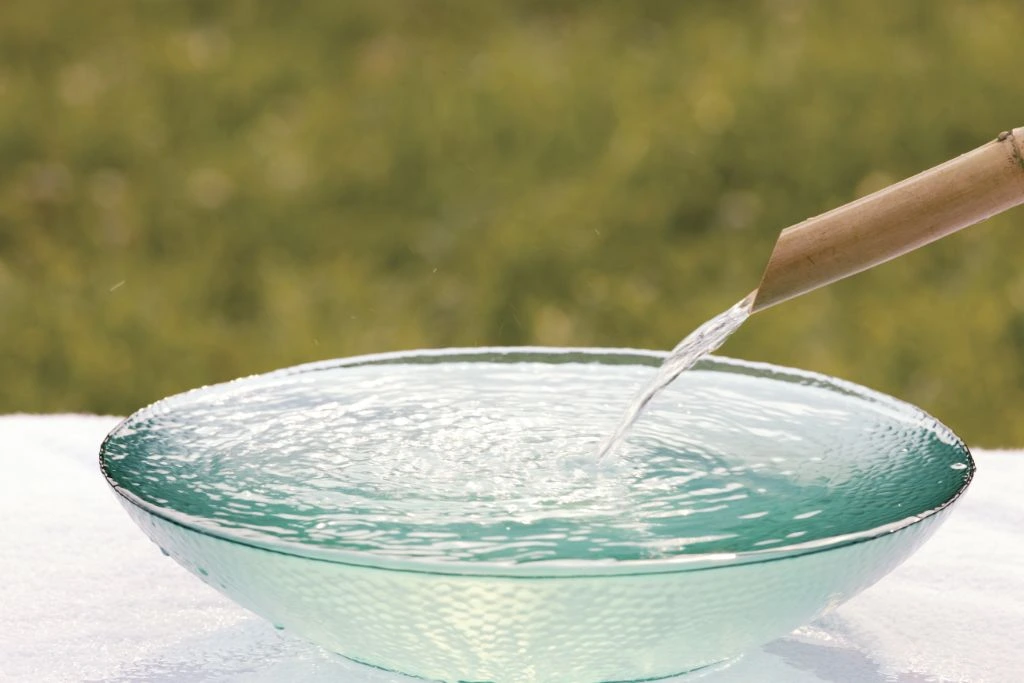
- Water Rinse: Gently rinse the mineral under lukewarm water to remove dirt and impurities. Ensure it’s completely dry before storing it.
- Soft Cloth: Wipe the mineral with a soft, damp cloth to clean its surface. Make sure it is thoroughly dried afterward.
- Energy Cleansing: Place the mineral in sunlight or moonlight for a few hours to cleanse its energy. This method helps reset its vibrations.
Answers and Questions
No, Pyrrhotite can be harmful because of its sulfur content. Always wash your hands after touching them and avoid breathing in any dust.
Yes, it can get wet, but dry it completely to prevent damage or rust.
No, Pyrrhotite is usually affordable and commonly found in mineral shops.
Pyrrhotite pairs well with Quartz for grounding and Hematite for enhanced protection and stability.
No, Pyrrhotite is not considered rare. It is commonly found in various locations around the world.
Interactions with Pyrrhotite
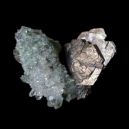
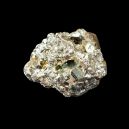
Pyrrhotite vs. Pyrite
Pyrrhotite and Pyrite are both linked to Mars. Wearing them together can boost your energy and help you stay determined. This combination makes it easier to tackle challenges.
| Crystal | Pyrrhotite | Pyrite |
| Chakras | Root Chakra and Solar Plexus Chakra. | Solar Plexus and Root. |
| Ruling Planet | Mars | Mars and the Sun. |
| Ruling Element | Earth | Fire and Earth. |
| MOHS | 3.5 to 4.5. | 3 to 6.5. |

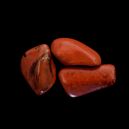
Pyrrhotite vs. Jasper
Both Pyrrhotite and Jasper are ruled by Mars, so they work well together. This pairing can increase your confidence and support personal growth. It helps you stay focused and driven.
| Crystal | Pyrrhotite | Jasper |
| Chakras | Root Chakra and Solar Plexus Chakra. | Root, Sacral, Solar Plexus Heart, Throat, Third Eye and Crown. |
| Ruling Planet | Mars | Mars |
| Ruling Element | Earth | Earth, Fire, Wood, Air, Water and Ether. |
| MOHS | 3.5 to 4.5. | 6.5 to 7. |

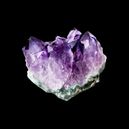
Pyrrhotite vs. Amethyst
Pyrrhotite has strong, intense energy, while Amethyst offers a calming effect. Wearing them together combines their powerful and soothing qualities. This mix can help create a sense of balance and control.
| Crystal | Pyrrhotite | Amethyst |
| Chakras | Root Chakra and Solar Plexus Chakra. | Third Eye and Crown. |
| Ruling Planet | Mars | Jupiter and Saturn. |
| Ruling Element | Earth | Air and Water. |
| MOHS | 3.5 to 4.5. | 7 |
Most viewed articles from Pyrrhotite Crystal
